
Surrounded by mountains on three sides, Jiangxi Province in east China is sometimes neglected by people for its enclosed location. However, during wartime, it was a sanctuary for refugees coming from various regions. In the same way, Jiangxi has also provided shelter for some ancient plant species, including 124 endemic plants that can only be found here. We explore some of the distinctive plants in Jiangxi Province based on colors.
RED: Rhododendron
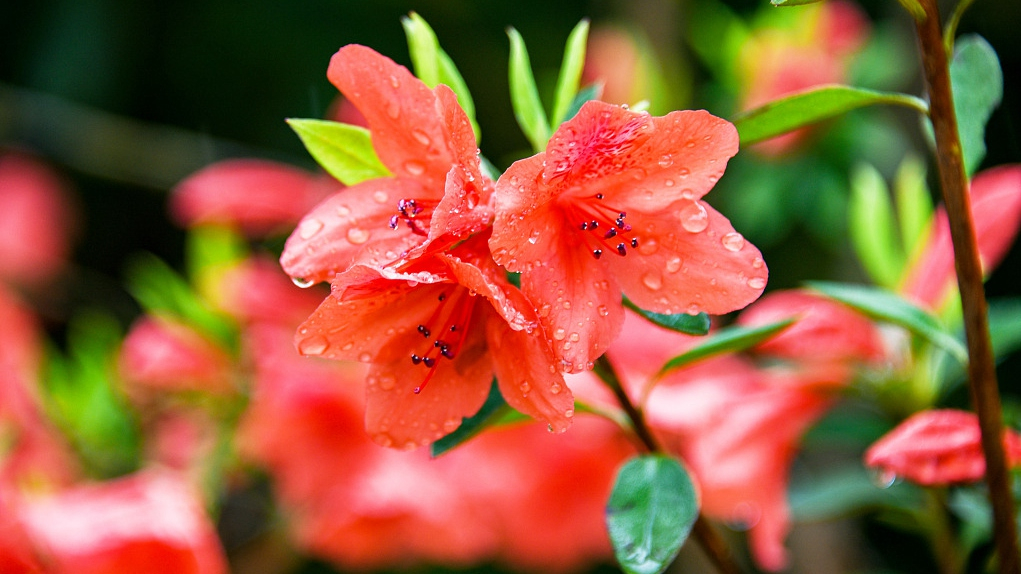
Rhododendron simsii blooming in Ji'an City, east China's Jiangxi Province. /VCG Photo
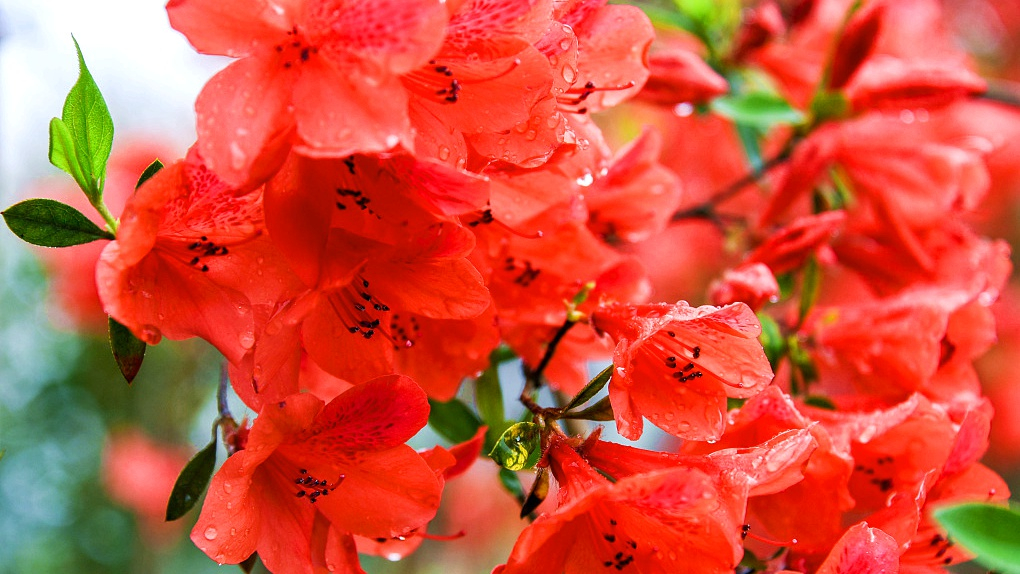
Rhododendron simsii blooming in Ji'an City, east China's Jiangxi Province. /VCG Photo
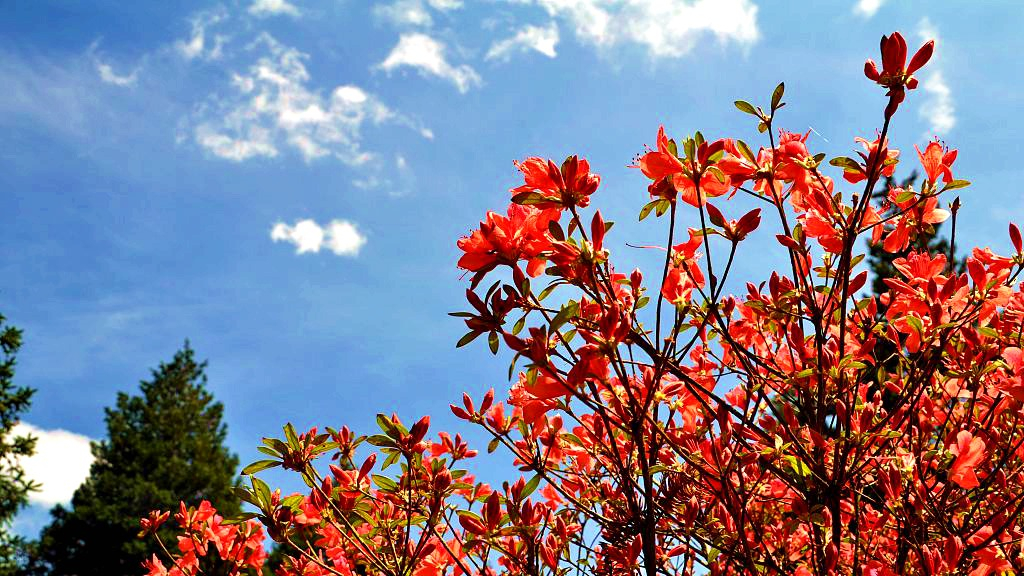
Flowering rhododendron simsii in the Jinggang Mountains in east China's Jiangxi Province. /VCG Photo
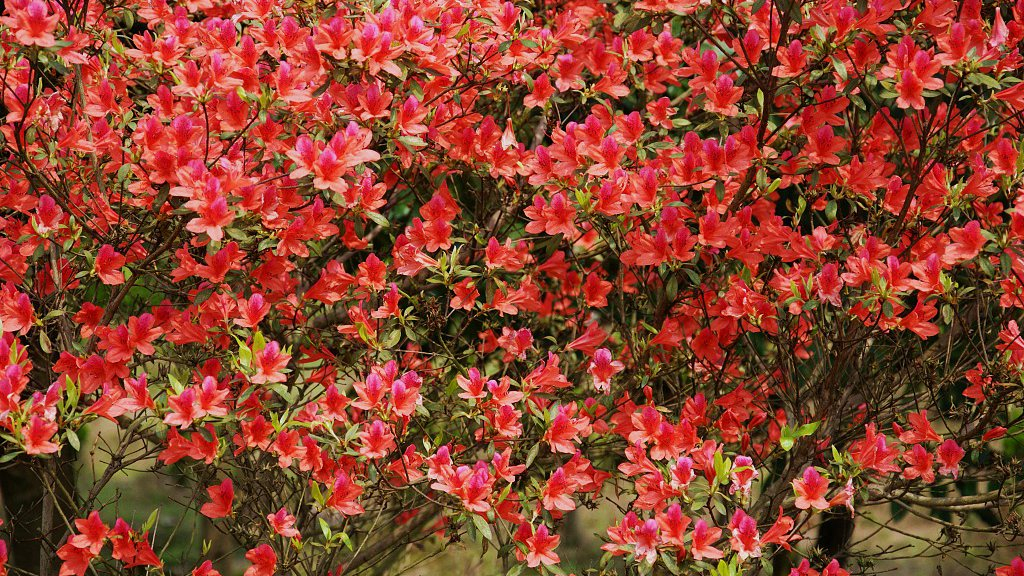
Flowering rhododendron simsii in Ji'an City, east China's Jiangxi Province. /VCG Photo
From late April to June, a sea of rhododendron blooms in red, pink and white in the Jinggang Mountains. The shrub grows at altitudes of 500-2,700 meters. The Jinggang Mountains are especially renowned for its 10-mile corridor of rhododendron.
As the provincial flower and city flower of Jinggang City, Jiangxi Province boasts of variety of rhododendron. Rhododendron kiangsiense (Jiangxi rhododendron) is named after Jiangxi Province and grows in Pingxiang City. Some rhododendron species are even endemic to Jinggang City alone.
YELLOW: Rapeseed
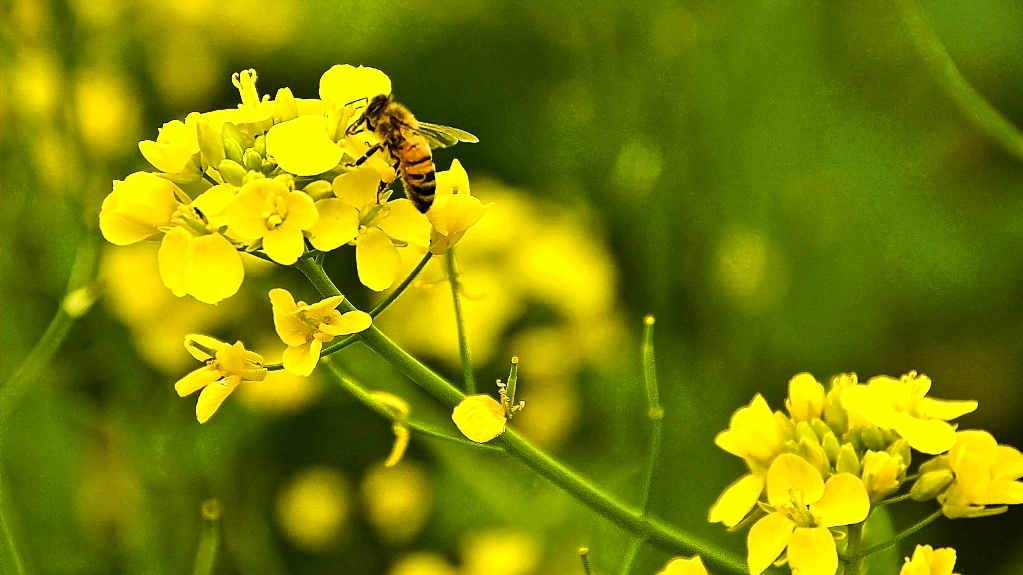
A bee collecting honey from a rapeseed flower. /VCG Photo

Aerial view of rapeseed terraces in Wuyuan County, east China's Jiangxi Province. /VCG Photo
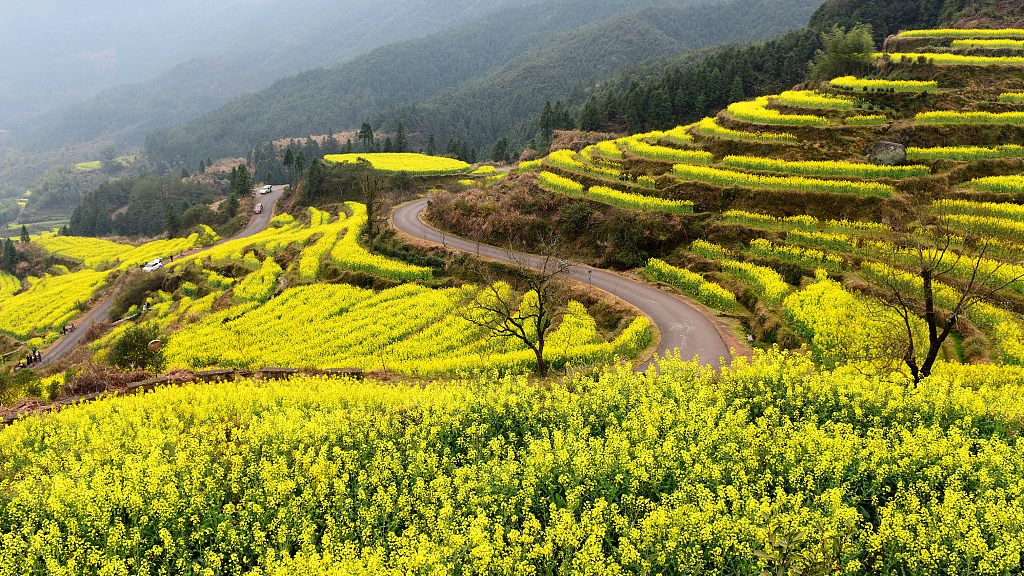
Rapeseed terraces in Wuyuan County, east China's Jiangxi Province. /VCG Photo
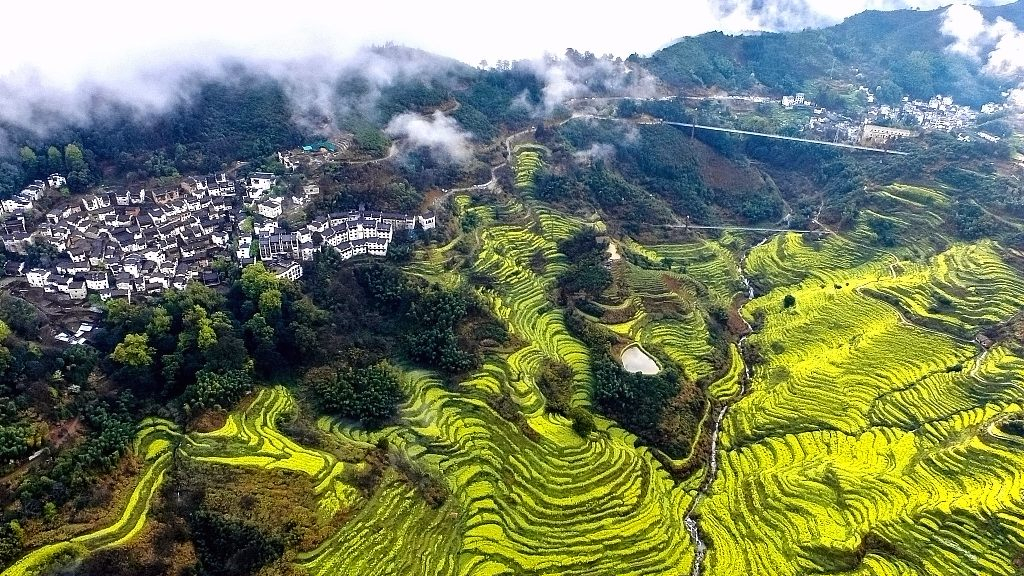
Aerial view of rapeseed terraces in Wuyuan County, east China's Jiangxi Province. /VCG Photo
Before pink and red rhododendron flowers bloom, yellow terraces of rapeseed are seen every March and April in Wuyuan county. The county is hailed as the most beautiful village in China because of the flower. The rapeseed is cultivated in Jiangxi Province mainly for its oil-rich seed, which is one of the main sources of vegetable oil.
Scientists have cultivated colorful rapeseed flowers in amazingly 17 colors and prolonged its flowering period. The fields also generate money from tourism.
ORANGE: Navel Orange
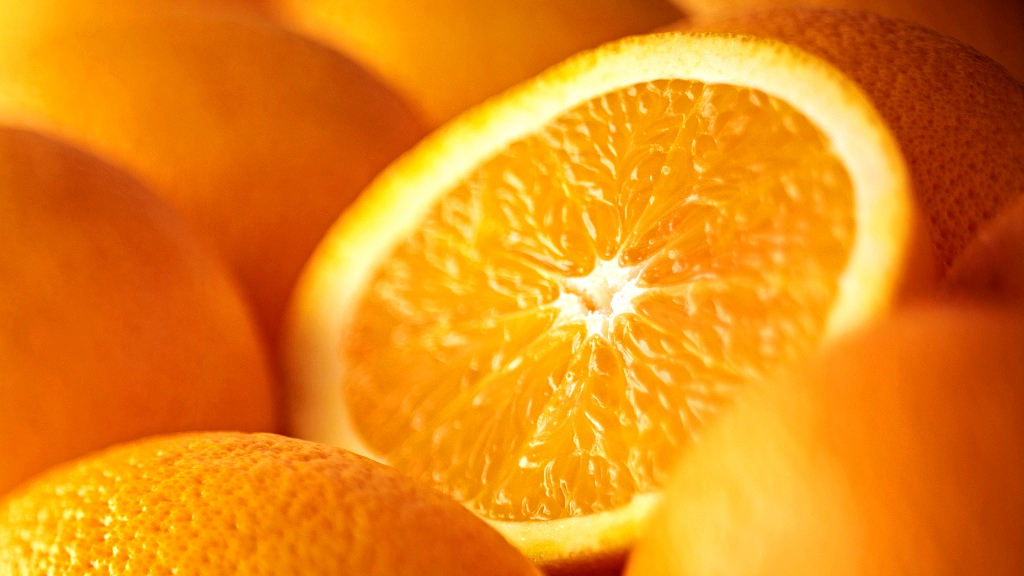
Half-dissected navel orange. /VCG Photo

Navel oranges collected from Ganzhou City, Jiangxi Province. /VCG Photo
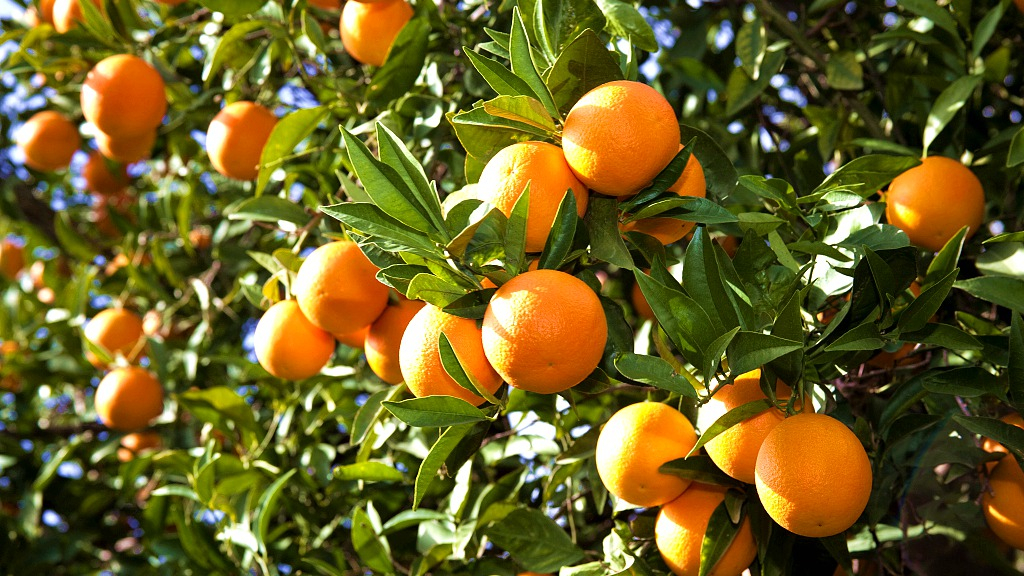
Oranges on the tree. /VCG Photo
People love tasty and flavorful navel oranges, but do you know which place has the largest plantation area of navel oranges in the world? The answer is Ganzhou city in southern Jiangxi Province. Every year, millions of tons of navel oranges are harvested here, which ranks third in the world.
The hilly and mountainous geography in Ganzhou City creates abundant rainfall in the spring, allowing for the abundance of navel oranges. The red soil here is also good for navel oranges to grow. Besides, traces of rare earth elements make the navel oranges taste sweeter and contain more Vitamin C. All of these tiny parts make the navel orange a province specialty.
GREEN: Endemic Plants
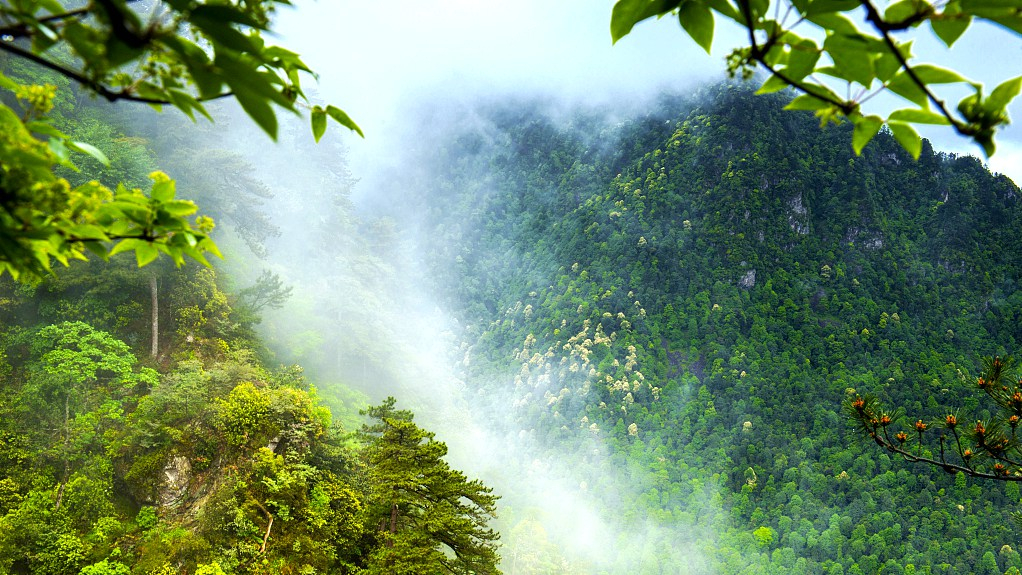
Jinggang Mountains in east China's Jiangxi Province. /VCG Photo
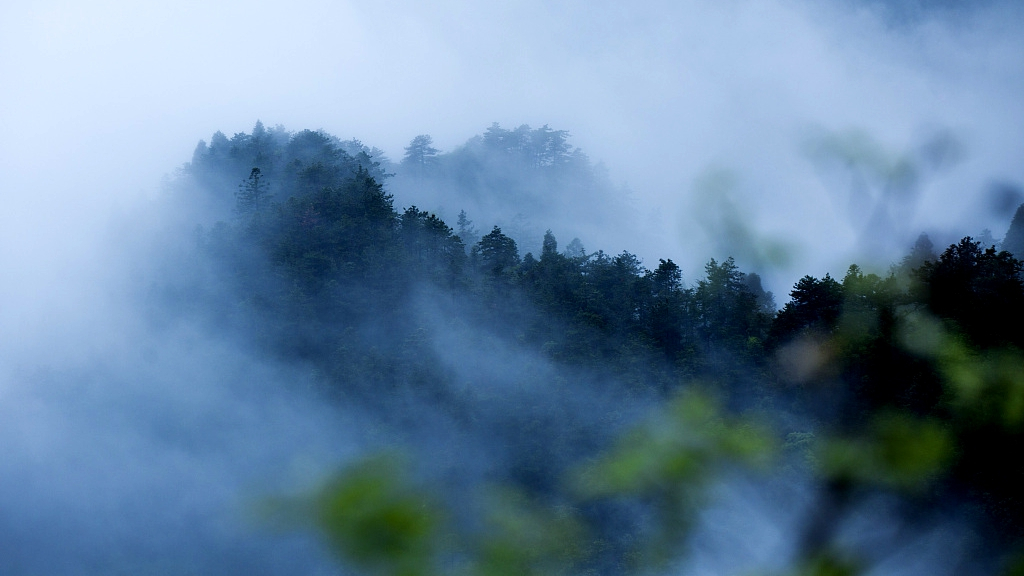
Misty Mount Lushan after rain in east China's Jiangxi Province. /VCG Photo
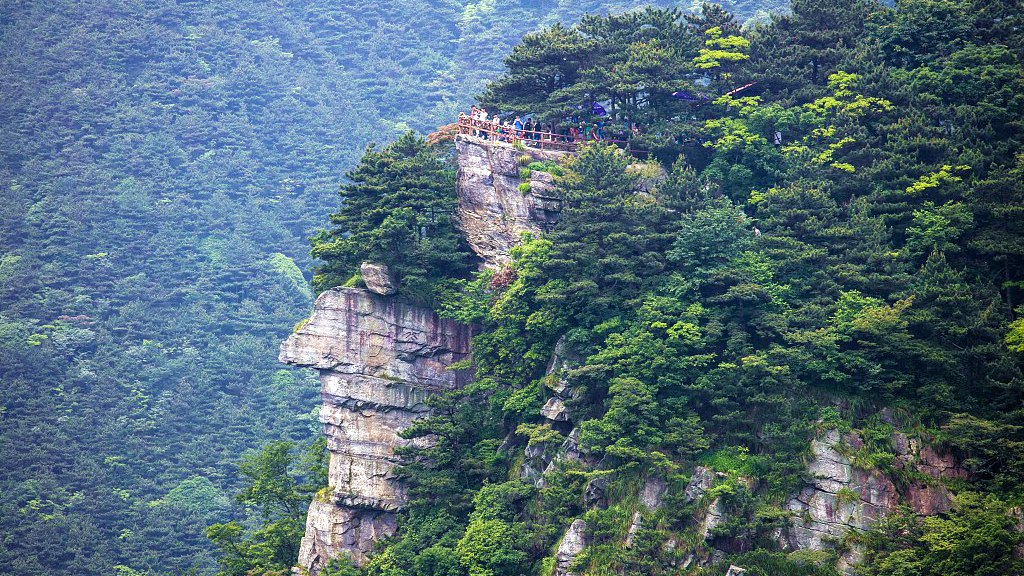
Mount Lushan in east China's Jiangxi Province. /VCG Photo
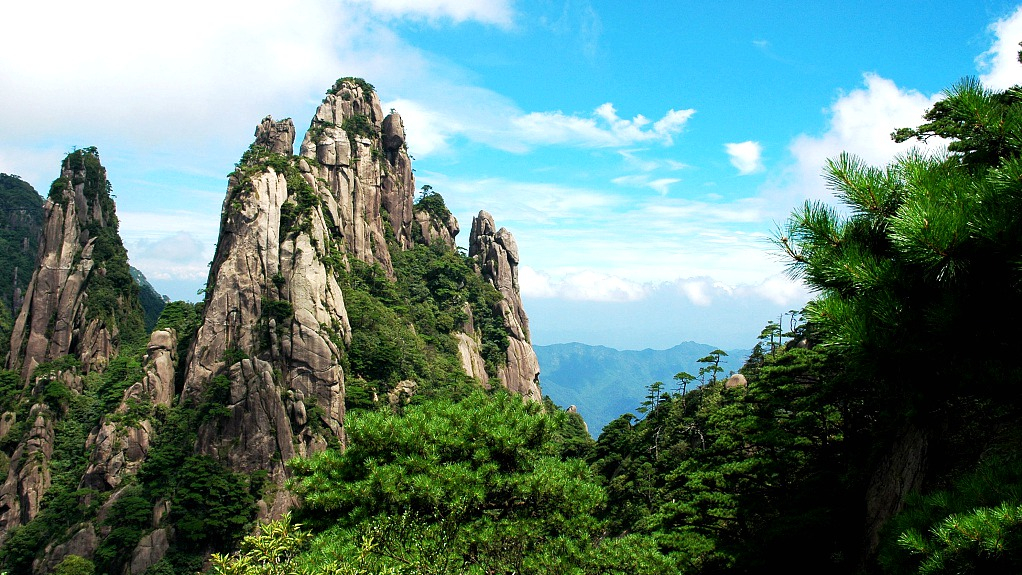
Mount Sanqing in east China's Jiangxi Province. /VCG Photo
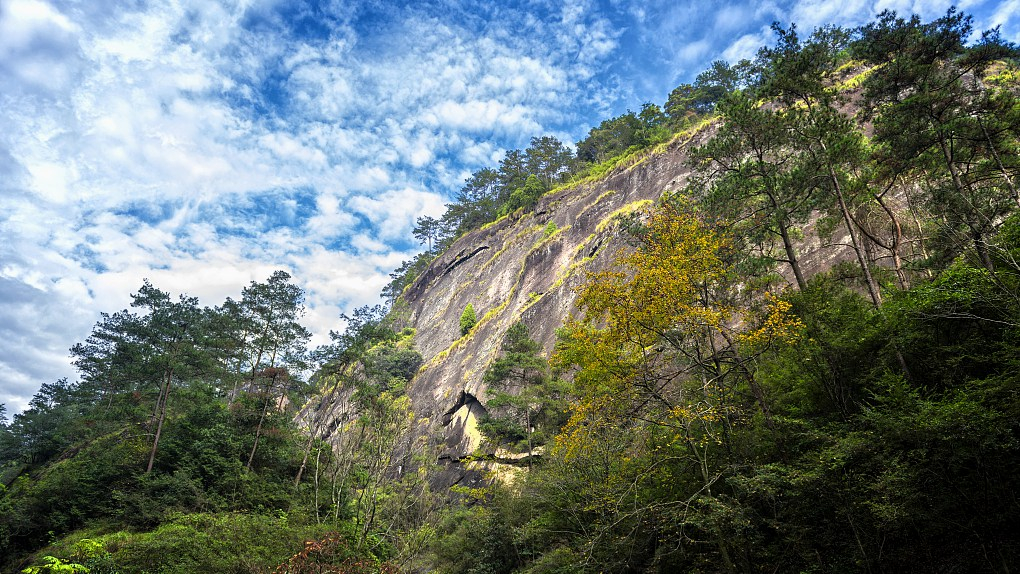
Wuyi Mountains lie between Jiangxi Province and Fujian Province. /VCG Photo
Among the 124 endemic plants in Jiangxi Province, few grow in the central region and most of them are distributed in the periphery. This is closely related to the mountainous geography in Jiangxi.
These plants particularly grow in four regions: Mount Lushan, Jinggang Mountains, Nanling Mountains and Wuyi Mountains. The mountains can protect sensitive plants from human intervention and allow them to flourish here. To some extent, the mountains in Jiangxi Province shape the flora here.
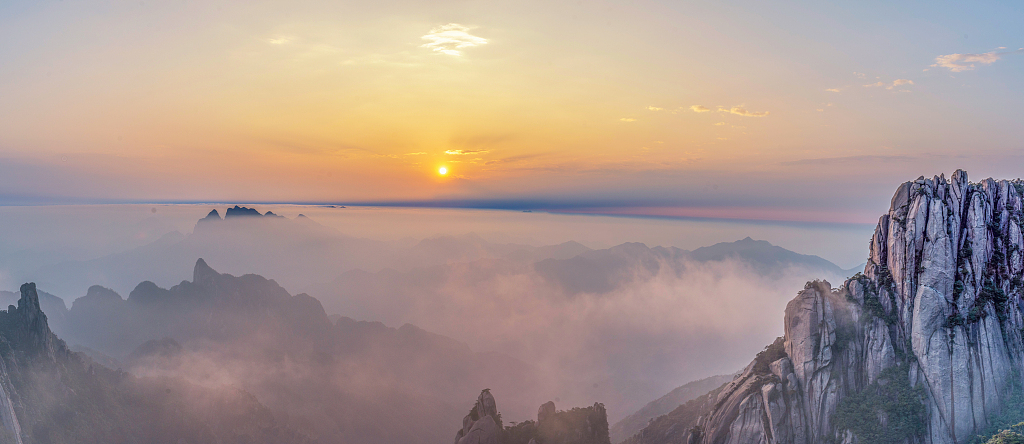
Sunset at Mount Sanqing in east China's Jiangxi Province. /VCG Photo
China's Flora Tour
From the wetlands along the coast to the dense rainforests hidden in the southwest, China boasts an array of plant species. In this series, we will go on a tour to learn about some of the most representative flora in different provinces and see how they live in harmony with the local geography and climate.
Read More:
China’s Flora Tour: Jiangsu - How did the Jasmine flower become the symbol of Jiangsu Province?
China's Flora Tour: Zhejiang - The way you drink tea reveals who you are
(Cover image via VCG.)
(If you want to contribute and have specific expertise, please contact us at nature@cgtn.com.)

Copyright © 2018 CGTN. Beijing ICP prepared NO.16065310-3
Copyright © 2018 CGTN. Beijing ICP prepared NO.16065310-3